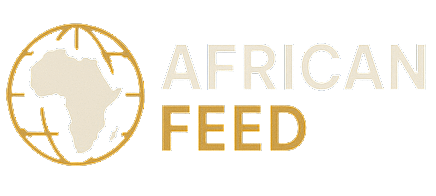Ghana’s annual consumer inflation continued to ease in April, dropping to 21.2% from 22.4% recorded in March, marking the fourth consecutive monthly decline, according to data released by the Ghana Statistical Service on Wednesday.
Addressing a press conference, Government Statistician Alhassan Iddrisu attributed the decline to a slowdown in both food and non-food inflation. However, he noted that food inflation remains the primary contributor to overall price increases. “Food inflation remains the biggest price driver,” he said, cautioning that it still remains significantly high.

Despite the latest easing, Ghana’s inflation rate remains well above the central bank’s target range of 8%, with a tolerance band of two percentage points on either side. The West African country, a key producer of gold, oil, and cocoa, has struggled with persistent inflationary pressures in recent years.
In March, Bank of Ghana Governor Johnson Asiama stressed the importance of maintaining a tight monetary policy to bring inflation under control. He surprised markets by announcing a rate hike, stating that its effectiveness would be reviewed ahead of the central bank’s next policy meeting in May.
Finance Minister Cassiel Ato Forson, speaking during his March budget presentation, expressed confidence that stringent expenditure cuts would enable the country to reduce inflation to 11.9% by the end of the year.

